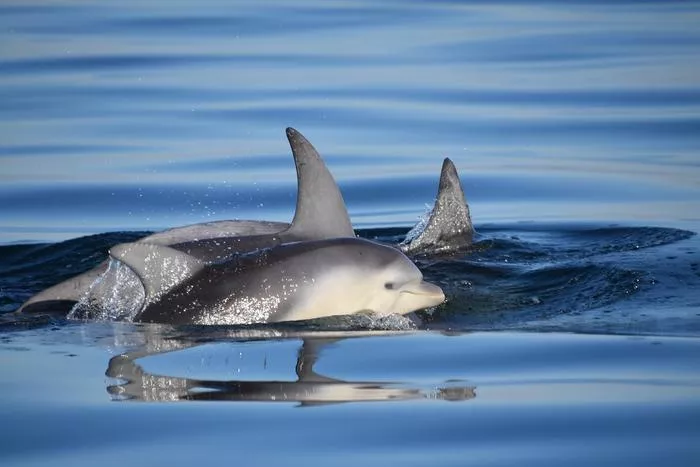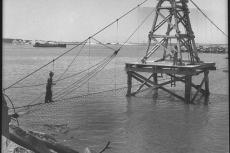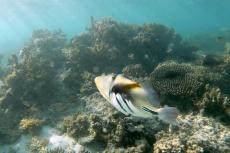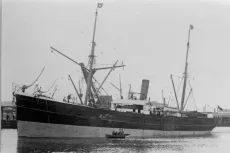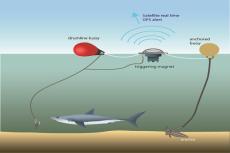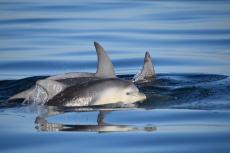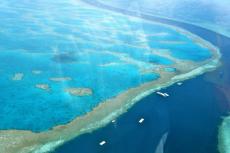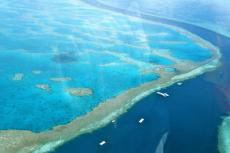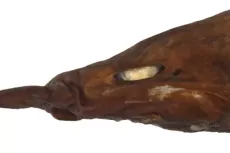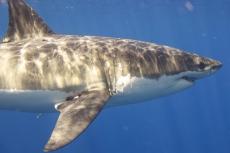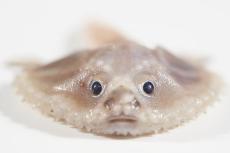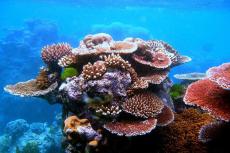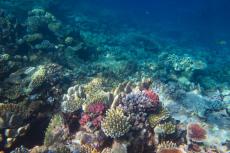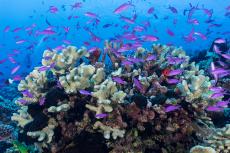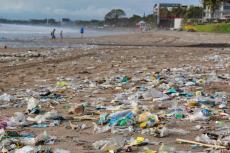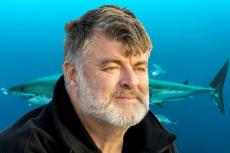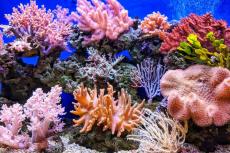Critically endangered dolphins face unprecedented pollutant threat
Critically endangered dolphins in Victoria have been found to have very high levels of toxic chemicals, a study reveals.
In a joint study, scientists found alarming concentrations of PFAS chemicals in Victoria’s critically endangered Burrunan dolphins.
These chemicals, widely used in food packaging, firefighting foam and non-stick cookware, are sometimes called “forever chemicals” as they almost never break down in the environment.
The study, published in the Science of the Total Environment journal, involved scientists from the Marine Mammal Foundation, RMIT and Melbourne University. It uncovered the unexpected relevation that the concentrations of PFAS chemicals in the dolphins were the highest reported anywhere in the world.
Samples had been taken from 38 dolphins of different species found stranded along Victoria’s coastline, as well as the Burrunan dolphin populations of Port Phillip Bay and Gippsland Lakes.
Analysis revealed that the average concentrations of some chemicals were more than 10 times higher than what scientists currently believe causes liver toxicity and other health issues.
Lead author Chantel Foord said that the study even found a dolphin from Port Phillip Bay with PFAS concentrations that were almost 30 percent higher than any other individual dolphin reported globally.
Indirect risk to humans
While the results do not refer to any direct risk to people, the threat remains: with such levels of toxicity in the waters, the fish that people consume would inevitably also ingest these chemicals.
Mystery origins of chemicals
PFAS chemicals that are found in marine environments generally come from manufacturing effluent, discharge from wastewater treatment plants, urban and landfill runoff and firefighting foam.
The highest PFAS concentrations in the dolphins were of a compound called PFOS (perfluorooctane sulfonate), which Australia does not manufacture. However, there had been heavy use of PFOS-containing firefighting foams until the early 2000s, and PFOS imports are still allowed for purposes like mist suppressants in manufacturing and metal plating, according to an article in The Conversation.
“While we would expect higher concentrations in locations where these chemicals are made, that is not what this study found,” said Foord. “So, without manufacturing occurring in Australia, why are we recording these alarming PFAS levels?”
She reiterated the need to find out the sources of the PFAS chemicals, study how they behave in the environment, and how they would impact the viability of the dolphin populations.
Urgent situation
“With only 250 individuals across these populations, increasing our understanding of threatening processes is absolutely crucial for the conservation and protection of the Burrunan dolphin, and in the management and mitigation of those threats,” she said.
“This study highlights how crucial it is that we continue our vital research to ensure the future of the species.”


